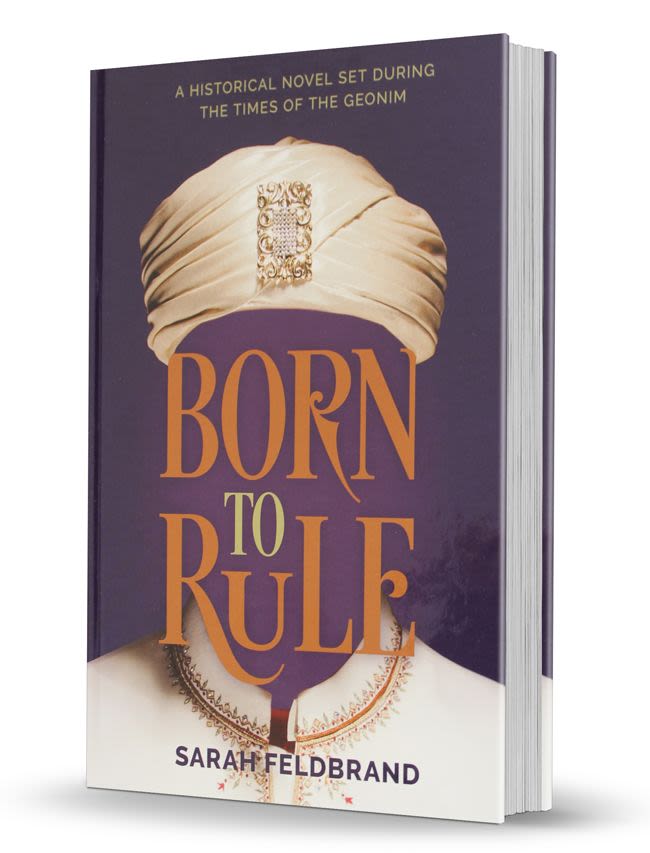
Sefirot: Contradictory Likenesses, Part 1
The Sefirot can appear in likenesses that may even be mutually contradictory, in exactly the same way as images in...

The Sefirot may appear in opposite likenesses even simultaneously. Both are true representations.
Opening 8: The Sefirot can appear in likenesses that may even be mutually contradictory, in exactly the same way as images in a dream may change in a single moment. Each likeness seen in the prophetic vision provides knowledge about one power and one attribute. The attributes and powers become known according to the true, proper order in which they are arranged and function, while the likenesses are in accordance with the soul’s ability to receive.
Having explained how the Sefirot appear as likenesses or images, we will now explain how these images may change from one to another.
The proposition consists of three parts. Part 1: The Sefirot can appear… This explains how the images change. Part 2: Each image seen… This explains the utility of these changes. Part 3: The attributes and powers… This explains the difference between the images and what they represent.
Part 1. The Sefirot can appear in likenesses that may even be mutually contradictory… If the likenesses through which the Sefirot appear were intrinsic to the Sefirot themselves, it would obviously be impossible to attribute two contradictory opposites to one and the same subject. However, since these likeness are not intrinsic to the Sefirot but were chosen by God, there is no difficulty in the fact that they may appear in different and contradictory likenesses, one after the other, or even simultaneously. For at one moment the Supreme Will wants them to appear in one way, and afterwards in a different way.
This enables us to resolve a problem arising out of various passages in the writings of the ARI that appear to contradict one another. Particularly difficult is the use of apparently contradictory terms to describe the state of the worlds. One of the hardest problems is the apparent contradiction between the depiction of the worlds in the form of a series of concentric circles (Igulim) and their depiction in linear form (Yosher). In the circular likeness, the world of Asiyah is in the middle, and accordingly, the line (Kav) should pass through the center of Asiyah and continue down below it. But for various reasons, this is impossible (as discussed by all the Kabbalistic masters), These problems can be resolved if we understand that these are simply the likenesses and images of prophetic vision. It is perfectly possible for the prophetic vision to contain contradictory images. The best way to understand this is by considering the parallel case of dreams.
…in exactly the same way as images in a dream may change in a single moment. In the case of a dream, it is not the actual object represented in the dream that is seen but rather, an image or likeness of the object manufactured by the image-making faculty of the mind – the imagination. It is this image that the person dreaming sees in his mind, and through it, he gains the knowledge which the dream was sent to him to reveal, be it true or false. The person’s image-making faculty creates a picture in his mind consisting of dream images and symbols corresponding to the knowledge revealed through the dream. The picture is such that the dreamer thinks he is actually seeing the objects themselves.
However, what the person sees in the dream is nothing but the product of his imagination, and accordingly, the laws that would apply to the actual objects if they were seen by the physical eye in waking life do not apply to the images seen in the dream. The dreamer may dream that he sees a certain thing, yet that very thing may turn into something else in the same dream. These changes do not occur in such a way that the person can actually see the transition from one to another in the way the physical eye would see the transition if it took place in front of the person. In the dream, the person sees what he sees in one way, then afterwards he sees it in a different way. You cannot object that it was not that way a moment ago, for this is simply the way the imagination works.
Similarly in the case of the prophetic vision, it is possible to see contradictory images. The person may see one thing, but when he looks at it in order to understand it, it changes into something else. Thus in Ezekiel’s vision, “the living creatures were running and returning” (Ezekiel 1:14).
To be continued.
To purchase The 138 Openings of Wisdom, click here. Rabbi Avraham Greenbaum is the director of Azamra (http://www.azamra.org/).














Tell us what you think!
Thank you for your comment!
It will be published after approval by the Editor.